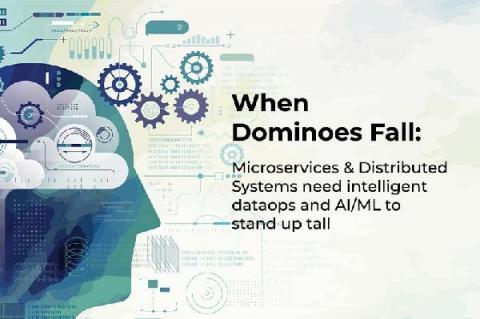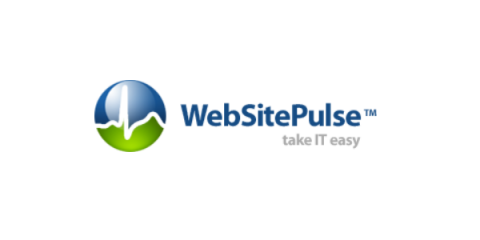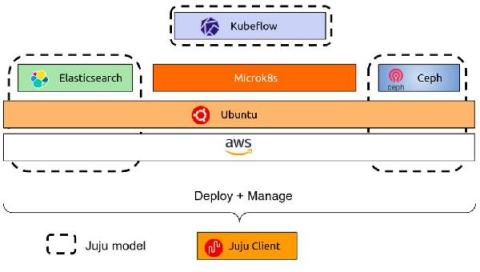Operations | Monitoring | ITSM | DevOps | Cloud
Machine Learning
Go with your Data Flow - Improve your Machine Learning Pipelines
Many of you are familiar with Splunk’s Machine Learning Toolkit (MLTK) and the Deep Learning Toolkit (DLTK) for Splunk and have started working with either one to address security, operations, DevOps or business use cases. A frequently asked question that I often hear about MLTK is how to organize the data flow in Splunk Enterprise or Splunk Cloud.
Lightrun Launches Support for Python, Giving Developers a Simpler Way to Debug Live Machine Learning Pipelines
When Dominoes Fall: Microservices and Distributed Systems need intelligent dataops and AI/ML to stand up tall
5 Ways Machine Learning is Making the Web More Accessible
The artificial neuron was first hypothesized in the 1930s, but only in the last decade have we seen the widespread application of artificial neural networks and machine learning to everyday technologies. Broadly speaking, machine learning describes a technical discipline defined by computer algorithms that improve automatically through experience and the use of data. These days, the combination of machine learning and "big data" power an increasing number of digital tools that we interact with daily.
Splunk Machine Learning Toolkit Overview
Detecting unusual network activity with Elastic Security and machine learning
As we’ve shown in a previous blog, search-based detection rules and Elastic’s machine learning-based anomaly detection can be a powerful way to identify rare and unusual activity in cloud API logs. Now, as of Elastic Security 7.13, we’ve introduced a new set of unsupervised machine learning jobs for network data, and accompanying alert rules, several of which look for geographic anomalies.
From notebooks to pipelines with Kubeflow KALE
Kubeflow is the open-source machine learning toolkit on top of Kubernetes. Kubeflow translates steps in your data science workflow into Kubernetes jobs, providing the cloud-native interface for your ML libraries, frameworks, pipelines and notebooks. Read more about Kubeflow
Accelerating Machine Learning with MLOps and FuseML: Part One
Building successful machine learning (ML) production systems requires a specialized re-interpretation of the traditional DevOps culture and methodologies. MLOps, short for machine learning operations, is a relatively new engineering discipline and a set of practices meant to improve the collaboration and communication between the various roles and teams that together manage the end-to-end lifecycle of machine learning projects.
Deep Learning Toolkit 3.6 - Automated Machine Learning, Random Cut Forests, Time Series Decomposition, and Sentiment Analysis
We’re excited to share that the Deep Learning Toolkit App for Splunk (DLTK) is now available in version 3.6 for Splunk Enterprise and Splunk Cloud. The latest release includes: Let’s get started with the new operational overview dashboard which was built using Splunk’s brand new dashboard studio functionality which I highly recommend checking out. You can learn more about it in this recent tech talk which you can watch on demand.











